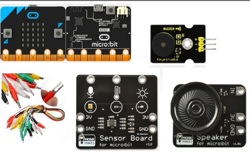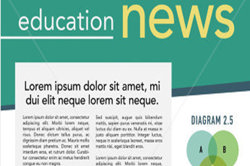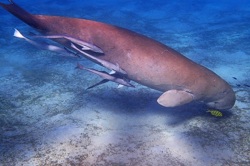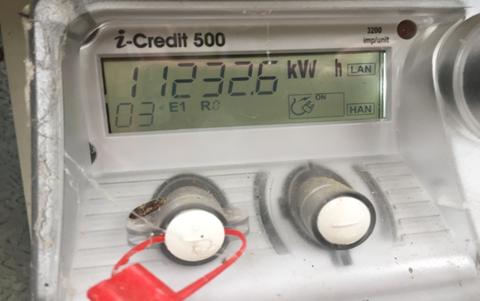Home energy use
Reducing carbon dioxide emissions and sustainable energy use and are two of the major issues facing the world today. This project explores energy use in homes, and compares individual energy use with the class average and calculate and graph CO2 emissions.
Additional details
| Year band(s) | 5-6 |
|---|---|
| Content type | Lesson ideas |
| Format | Web page |
| Core and overarching concepts | Data acquisition, Data interpretation |
| Australian Curriculum Digital Technologies code(s) |
AC9TDI6P01
Define problems with given or co developed design criteria and by creating user stories
AC9TDI6P07
Select and use appropriate digital tools effectively to create, locate and communicate content, applying common conventions
AC9TDI6P08
Select and use appropriate digital tools effectively to share content online, plan tasks and collaborate on projects, demonstrating agreed behaviours |
| Keywords | Data collection, Data analysis, Spreadsheets, Excel, Graphing, Tables, Greenhouse gas emissions, Energy use |
| Integrated, cross-curriculum, special needs | Mathematics, Science, STEM |
| Organisation | ESA |
| Copyright | Creative Commons Attribution 4.0, unless otherwise indicated. |
Related resources
-

Classroom ideas F-10: Aboriginal and Torres Strait Islander connections to Digital Technologies
This resource provides examples of ways Aboriginal and Torres Strait Islander Histories and Cultures can be integrated into Digital Technologies. Examples include 'classification and sorting data' and 'designing solutions'.
-

DIY micro:bit metal detector (Years 5-6)
This activity shows one way to incorporate Digital Technologies into a goldfields unit in an authentic way using a micro:bit.
-

Visual programming with Scratch (Years 3-6)
This resource comprises a collection of sample activities that incorporate visual programming (Scratch) into teaching and learning programs.
-

Classroom ideas: Micro:bit Environmental Measurement (visual programming) (Years 5-6)
This tutorial shows the coding needed for digital solutions of some environmental issues that can be created using pseudocode and visual programming.
-

Home/School communications
In this lesson sequence, students use big data sets and school surveys, to design (and as an extension activity, make) a new digital communication solution for the school.
-

Data Science STEM resources
Here are some authentic datasets collected by research scientists studying marine and coastal animal populations.
-

Food Fact Finder
As students investigate claims made on packaging about the nutritional benefit of foods, they consider how they might develop a digital solution to make it easier for consumers to quickly weigh up decisions about different options.
-

Protecting dugongs
The Western Australian Marine Science Institution has been collecting data about dugongs off the coast of the Kimberley in Northern WA.
